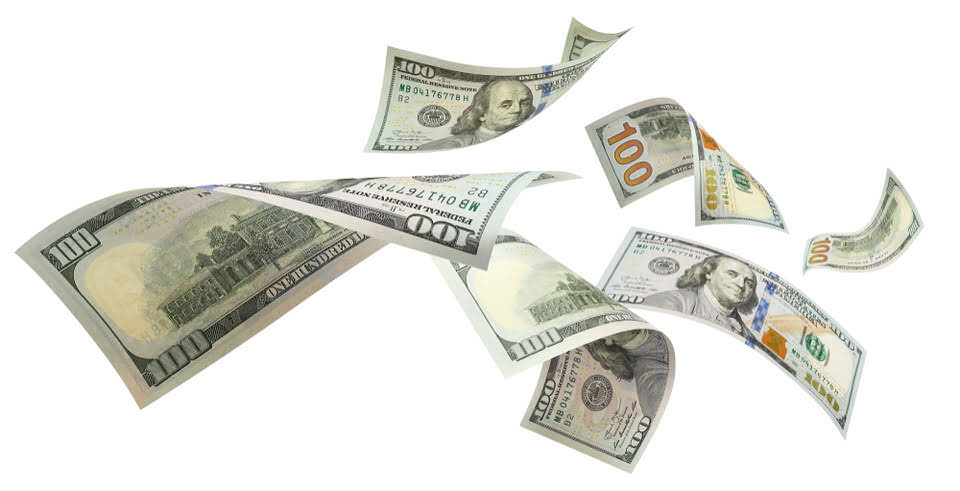The term regressive tax refers to a tax that is applied uniformly regardless of income. Regressive taxes take a larger percentage of income from low-income earners than from middle- and high-income earners. As such, the tax burden decreases with regressive taxes as income rises. It is contrasted with a progressive tax, which takes a larger percentage from high-income earners. Common forms of regressive include sales tax, gas tax, and payroll tax. A regressive tax is a tax imposed in such a manner that the average tax rate decreases as the amount subject to taxation increases.
The opposite of a progressive tax, a regressive tax takes a larger chunk of disposable income from low-wage earners than from high-wage earners. Tax gap studies through the years have consistently demonstrated that third-party reporting of income significantly raises voluntary compliance with the tax laws. And voluntary compliance rises even higher when income payments are also subject to withholding. The IRS also has an array of other taxpayer service programs aimed at supporting accurate tax filing and helping address the tax gap.
Yes, the U.S. Tax Code Is Progressive
Allowing other cities, counties, and even larger towns and villages the ability to levy income taxes would lead to a more progressive tax structure and generate alternative revenue sources for communities with limited property tax bases. It would also make land-use decisions more rational by putting more emphasis on broader economic benefits rather than direct property tax ratables. Overreliance on property taxes to fund local services creates and reinforces Accounting for Startups: A Beginner’s Guide socio-economic inequities and skews incentives to produce less housing and more sprawl. States should assume a larger share of local school budgets, increase incentives for shared services, and encourage cities, towns, and villages to diversity their sources of revenue with income taxes or more innovative property tax structures. Income taxes and estate taxes are among the most common types of progressive (non-regressive) types of taxes.
- Since the introduction of the first progressive tax system, there have been several significant milestones in the evolution of progressive taxation.
- The degree to how progressive a tax structure is depends upon how much of the tax burden is transferred to higher incomes.
- Our team of reviewers are established professionals with decades of experience in areas of personal finance and hold many advanced degrees and certifications.
- The loss is conceptually defined as a loss of surplus and the loss of surplus is characterized as deadweight loss.
- Opponents of the progressive tax generally are supporters of low taxes and correspondingly minimal government services.
While a progressive tax system has several benefits, it also faces criticism for potentially disincentivizing high-income earners, encouraging tax evasion, and being complex and challenging to administer. The concept of progressive taxation gained popularity in the late 19th and early 20th centuries, as the industrial revolution created a growing income gap between the rich and poor. The concept of progressive taxation is rooted in the idea of distributive justice, which holds that society has a moral obligation to distribute its resources fairly. The French economist Jean-Baptiste Say first proposed the idea of a progressive tax, arguing that it would help to reduce inequality and promote economic growth. Economists such as John Stuart Mill and Karl Marx later developed the concept of a progressive tax. Flat taxes are when everyone pays the same amount, regardless of income.
What are the benefits of a progressive tax system?
Representative Alexandria Ocasio-Cortez, D-N.Y., proposed a 70% tax rate on incomes above $10 million. Such a plan would add $291 billion to federal revenues between 2019 and 2028. Nationally, Representative Alexandria Ocasio-Cortez recently popularized the idea of taxing income above $10 million at 70 percent. And Senator Elizabeth Warren of Massachusetts is running for president on a promise to fight income inequality, with Senator Bernie Sanders of Vermont, a self-declared democratic socialist, considered a possible candidate as well. In 2022, the latest year for which data is available, the IRS collected more than $4.9 trillion in taxes, penalties, interest and user fees.
It would also increase funding to the schools and students who need it most. Sharing services and consolidation would reduce the overall level of taxation, or improve service quality, by making government more efficient. Providing municipalities with greater flexibility could provide more stability to local finances by broadening sources of revenue and helping to lessen tax burdens for households with low incomes but relatively high home values. One of the key differences between progressive taxes and regressive taxes is that progressive taxes are more beneficial to lower-income individuals. While progressive tax rates rise as income levels rise, regressive taxes place a heavier financial burden on low-wage earners.
Horizontal Equity, Vertical Equity, and Taxes
On the pro side, a https://1investing.in/law-firm-bookkeeping-and-accounting-a-completed/ reduces the tax burden on the people who can least afford to pay. That leaves more money in the pockets of low-wage earners, who are likely to spend more of it on essential goods and stimulate the economy in the process. The wealthiest 1 percent of New Yorkers control about 31 percent of the state’s income, according to data from the Economic Policy Institute, a Washington-based think tank. They also account for half of the state’s income taxes, according to Mr. Cuomo. Given the complexity of the tax system and available data, no single approach can be used for estimating each component of the tax gap.
WASHINGTON — The Internal Revenue Service today released new tax gap projections for tax years 2020 and 2021 showing the projected gross tax gap increased to $688 billion in tax year 2021, a significant jump from previous estimates. Excise taxes are levied on specific goods such as tobacco, alcohol, gasoline, and luxury items. These taxes are often added to the price of the goods and are paid by the consumer at the point of sale. The articles and research support materials available on this site are educational and are not intended to be investment or tax advice.
Sin Taxes
Our team of reviewers are established professionals with decades of experience in areas of personal finance and hold many advanced degrees and certifications. Progressive tax systems are used by many countries around the world, including the United States, Canada, and many European countries. Tax incidence is the analysis of the effect of a particular tax on the distribution of economic welfare. Working with an adviser may come with potential downsides such as payment of fees (which will reduce returns). There are no guarantees that working with an adviser will yield positive returns. The existence of a fiduciary duty does not prevent the rise of potential conflicts of interest.
The 81st to 99th percentile households, in contrast, paid 43 cents of every $1 of federal taxes of all kinds, such as individual income, payroll, excises, and corporate income. As with the income tax, this share was greater than their share of the nation’s income, or 38 percent. The top 1 percent of households alone paid 26 percent of all federal taxes, more than their 17 percent share of the nation’s income. Warren Buffet famously reported that he paid an effective tax rate of 17% on his income. That was about the same tax rate that his personal secretary paid that same year.






